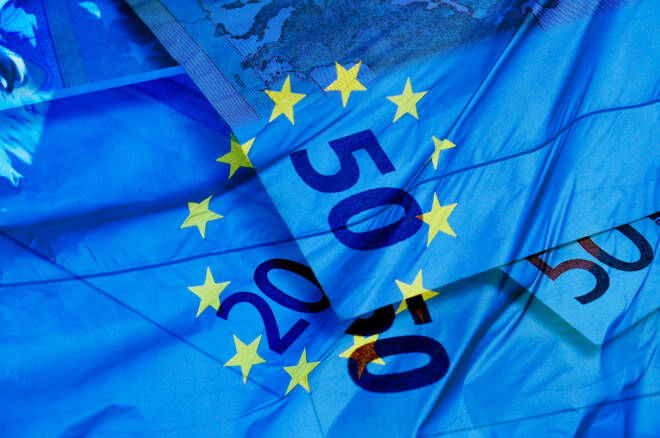Advertisement
Advertisement
Economic Data from the Eurozone Fails the EUR again…
By:
A busy economic calendar fails to deliver EUR support in spite of better consumer spending and unemployment figures...
In this article:
It’s been a particularly busy start to the day on the Eurozone economic calendar.
Key stats included French consumer spending, French and Italian inflation, and German unemployment figures.
It was a mixed set of numbers, testing support for the EUR through the early part of the session, however.
The French Economy
In August, consumer spending rose by 1.0%, partially reversing a 2.2% slide from July. Economists had forecast a 0.1% increase.
Inflation figures were EUR negative, however. Month-on-month, consumer prices fell by 0.2%, with the Harmonised Consumer Price Index also down 0.2%. Economists had forecast declines of 0.1% respectively.
The German Economy
German unemployment figures also disappointed. In September, Germany’s unemployment rate held steady at 5.5% versus a forecasted decline to 5.4%. German unemployment fell by 30k in the month versus a forecasted 33k decline. In August, unemployment had fallen by 53k.
The Eurozone
For the Eurozone, unemployment figures were somewhat better, with the unemployment falling from 7.6% to 7.5%. Economists had forecast a decline to 7.5%.
Elsewhere
While the focus was on inflation, Italy’s inflation figures had a muted impact on the EUR. In September, consumer prices fell by 0.1% versus a forecasted 0.3% decline. Consumer prices had risen by 0.4% in August.
Market Impact
Ahead of today’s figures, the EUR had risen to a pre-stat high $1.16088 before easing back.
In response to today’s stats, the EUR fell to a post-stat and current day low $1.15916 before rising to a post-stat and current day high $1.16097.
At the time of writing, the EUR was down by 0.05% to $1.15921.
Next Up
Inflation figures from Germany together with finalized 2nd quarter GDP and initial jobless claims from the U.S. Later in the European session, Chicago PMI figures for September will also draw interest.
About the Author
Bob Masonauthor
With over 20 years of experience in the finance industry, Bob has been managing regional teams across Europe and Asia and focusing on analytics across both corporate and financial institutions. Currently he is covering developments relating to the financial markets, including currencies, commodities, alternative asset classes, and global equities.
Latest news and analysis
Advertisement
